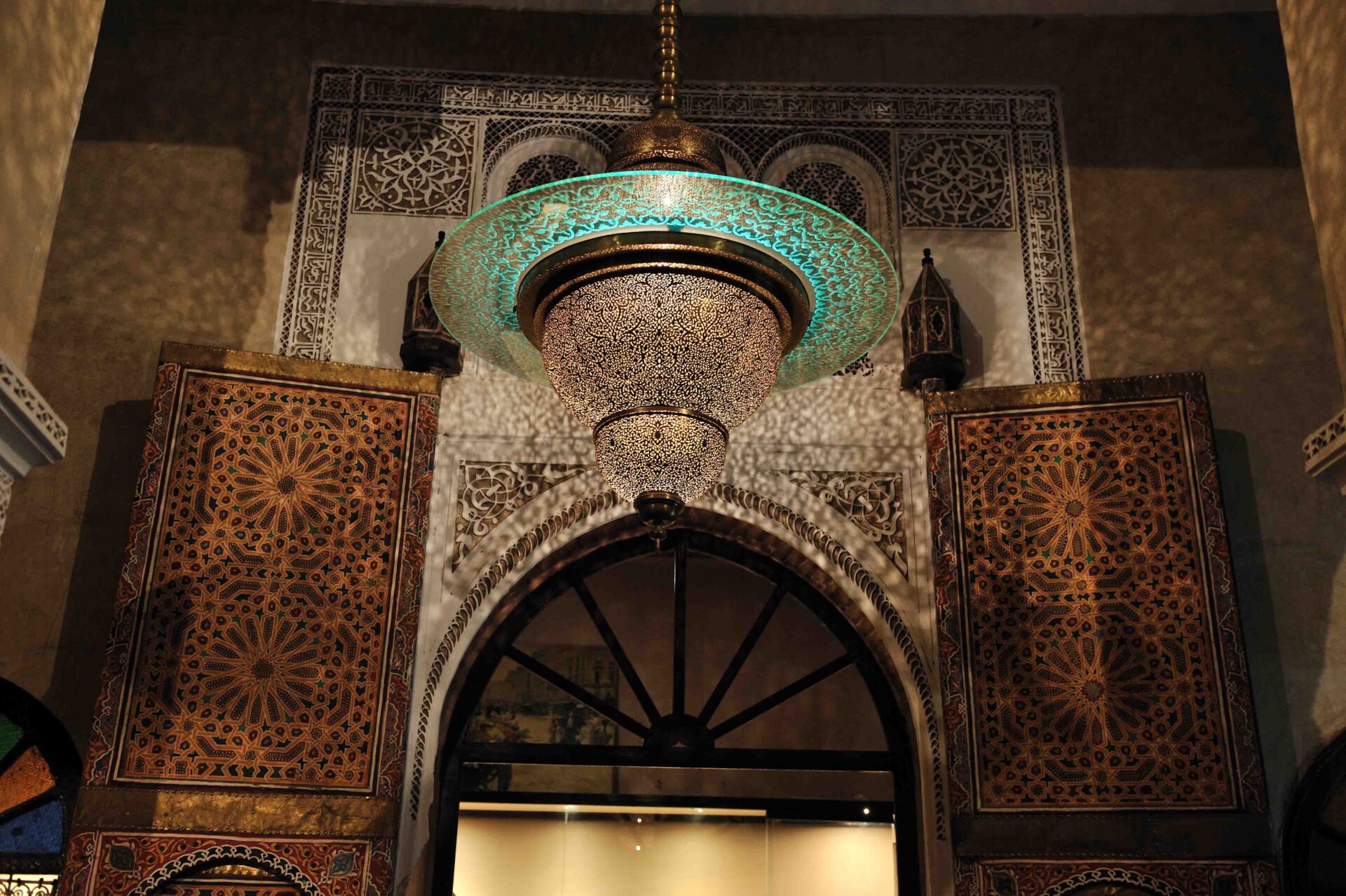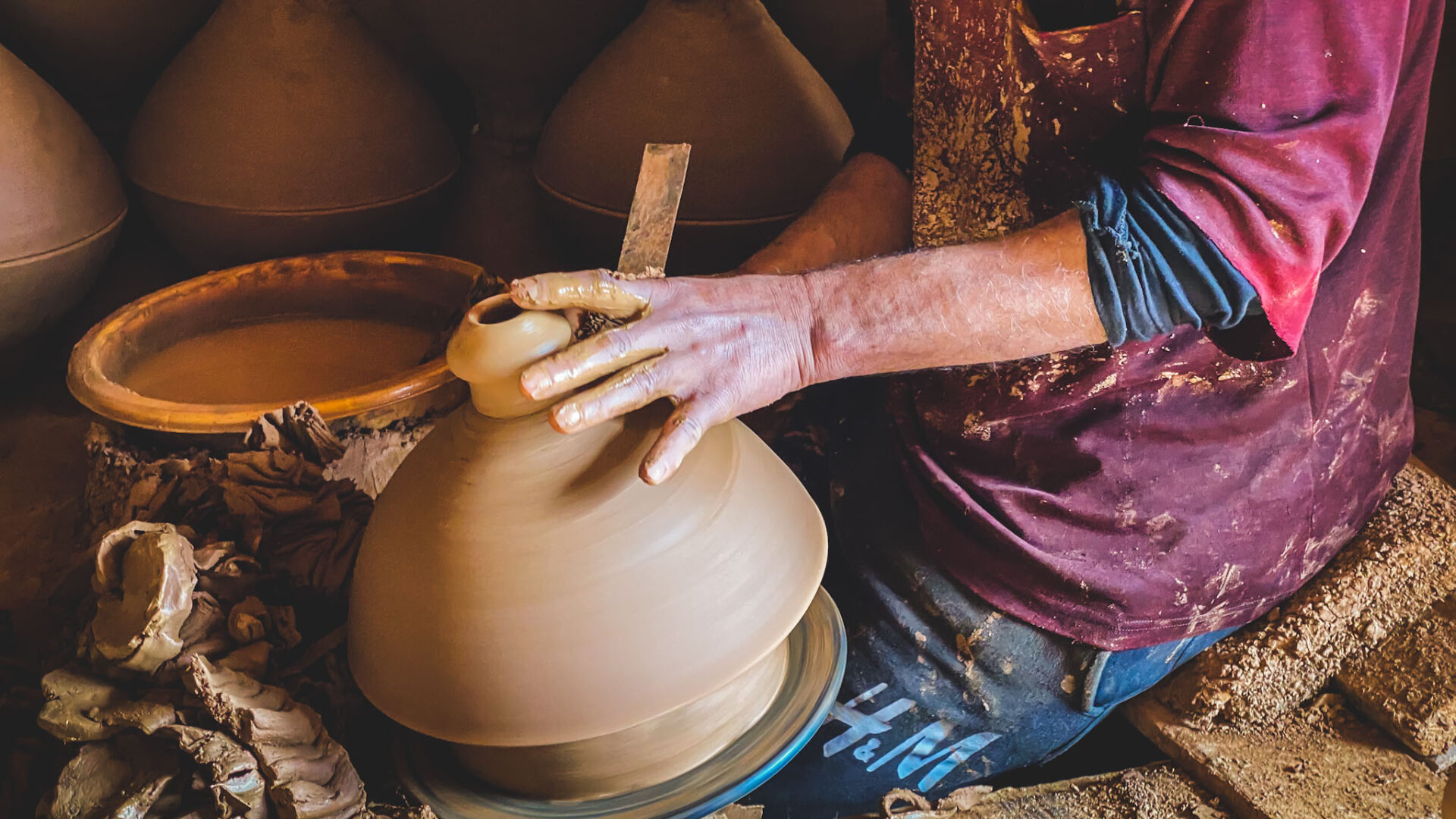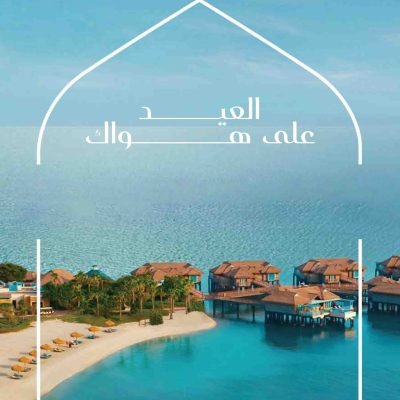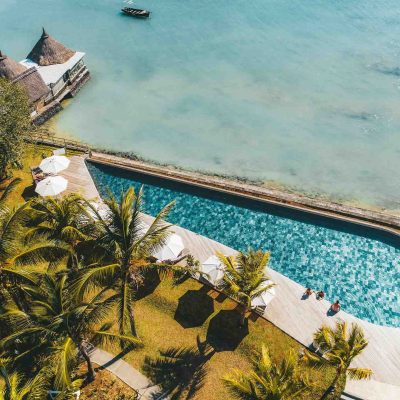
A colourful, bursting metropolis within the North African country of Morocco, Marrakech is a cultural and trading epicenter and a wonderful travel destination. It is one of Morocco’s imperial cities, a Berber/Arab fortress settlement often referred to as the Red City, because of its pink-tinted buildings, nestles like a rose-quartz gemstone near the rolling foothills of the snow-capped High Atlas Mountains. However during the nine centuries of its history, Marrakech has accumulated a significant green heritage. Since its creation in the 11th century, the town has become a model garden-city. The urban part of the Medina was then surrounded by a green ring of orchards and vegetable gardens. Since then, some districts have taken the names of their gardens (Arsat Missiouni, Arsat Chbani, Arsat El Bardii…).

More than just an oasis, Marrakesh is a real garden city. The four corners of the city offer green spaces reflecting the passion the Marrakchis have for the art of gardening. Since the city was created by the Almoravides in the 11th century, it has been a model garden city. The total area covered by the green spaces is about 350 ha not including the Palmeraie (palm grove) (10,000 hectares), the olive grove of the Menara (80 hectares). All those spaces offer the ochre city an average of 11- sq.m green space per inhabitant (the world of cial ratio is 10 sq.m. green space per inhabitant). Knowing, that these last years a new generation of art and ecological gardens, was born or spirit to be born, in Marrakesh, to enrich even more the city-garden.

THE SECRET GARDEN
The origins of the complex date back in the time of the Saadiens dynasty, more than four hundred years ago. Reconstructed in the middle of the XIXth century by an in uential boss of the Atlas, the Secret Garden was the abode of few of the highest political personalities of Morocco and Marrakesh. The riad, which we can today appreciate fully thanks to its recent restoration, is part of the big tradition of the Arab-Andalusian and Moroccan palaces: the visitor can discover gardens and buildings which compose it and which constitute so many exceptional testimonies of the art of gardens, of the architecture and the hydraulics arabic. Thanks to the millennium and ingenious hydraulic technique of the khettara, the Secret Garden disposed indeed from its origin of domestic water, a rare privilege and an additional sign of its wealth. The original hydric system of the riad was restored too : The courses of the water show well the way the water coming from the Atlas was distributed inside the palace to irrigate gardens and stoke cookings, hammam and fountains.

JARDIN MAJORELLE
The Majorelle Garden is a small, peaceful heaven, located in the heart of the city of Marrakesh. This botanical garden was created in 1931 by the French painter Jacques Majorelle (1886 – 1962) around his Art Deco studio of an astonishing modernity, built by the architect Paul Sinoir. This garden is a living masterpiece composed of exotic plants and rare species, which Jacques Majorelle, a botanical lover, brings back from his travels around the world: cactus, yuccas, water lilies, water lilies, jasmines, bougainvillea, palm trees, coconut trees, banana trees, bamboo… In 1937, the artist creates ultramarine both intense and clear blue, the Majorelle blue, of which he dyes his garden that opens to the public in 1947. The workshop became the Berber Museum, which was inaugurated in 2011 under the High Patronage of His Majesty King Mohamed VI. It presents a panorama of the extraordinary creativity of these people, the oldest in North Africa. From the Rif to the Sahara, more than 600 objects collected by Pierre Bergé and Yves Saint Laurent attest the richness and diversity of a culture that is still alive.

MOORISH ART IN THE MEDINA
Exploring the medina by foot is one of Marrakech‘s finest enjoyments. It’s a whirlwind of emotions as you try to understand the narrow streets while being distracted by unexpected experiences, like people putting snakes on your shoulders, or the scents of colorful spices and herbs that are strange yet alluring. It can be a tad hectic, but it’s worth it!

There are endless masterpieces of Moorish architecture like the Bahia Palace, the grand Koutubiya Mosque, the Kasbah Mosque or the Madrasa Ben Youssef, a Koran School. With its elegant 77m high minaret, the Koutoubia Mosque is the symbol of the city and one of the oldest mosques in Morocco.

The busy Jemaa El-Fnaa, a UNESCO World Heritage Site, is a magic world of snake charmers, musicians, acrobats, water vendors wearing distinctive red suits and wide-brimmed hats and jangling bells, story tellers, ebony-skinned dancers in brightly hued costumes…

You can also relax and recharge at the Menara, a vast garden with an emblematic basin. Marrakech shower its visitors by its splendour and its diversity, you just have to leave the ramparts to be immersed in modern Morocco. The districts of Gueliz and Hivernage offer the most modern infrastructures, luxury boutiques and international ready-to-wear stores, airy avenues ; which all contribute to Marrakech’s unique offering. Travelers will enjoy the unforgettable experience of immersing themselves in the Moroccan oasis of Marrakech.


Photography: Jesús del Pino & Visit Marrakech








